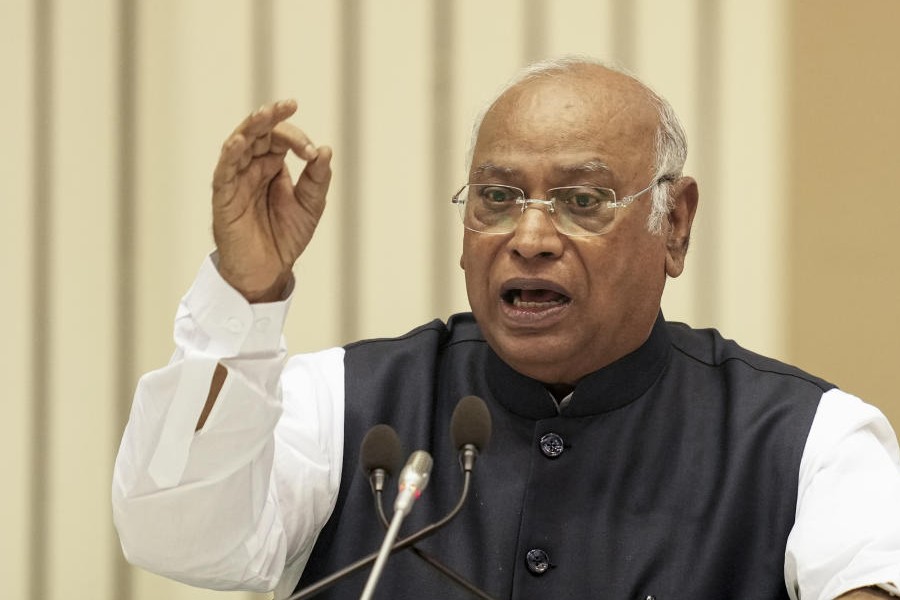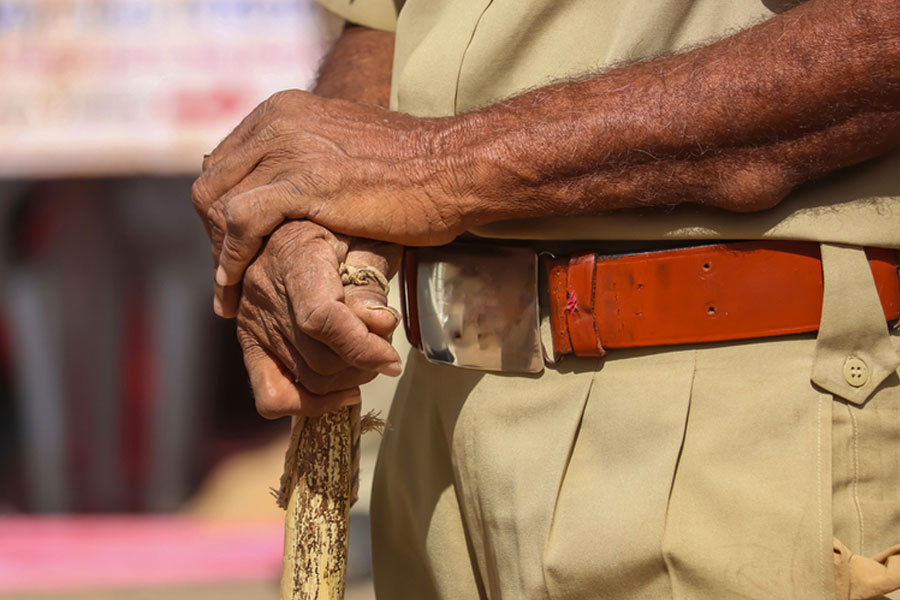 |
Her beau would pass by astride a buffalo playing on a pipe (pepa) made of mohor xing (buffalo horns). She would respond with a song — Mohor xingor pepati nobojabi kokaiti...
Or, you would hear the sonorous sound of the instrument in the early morning in an Assam village, played by a youth as he took out his buffalo to the field for grazing.
Such sights and sounds, widely familiar till a few decades ago, have since been on the wane, though.
The words of the song, Mohor xingor pepati nobojabi kokaiti..., are incongruous today. After all, where are the buffaloes and where are the pepas made from their horns? How can the village belle sing Mohor xingor pepati nobojabi kokaiti when her beau is playing a pepa made of bamboo or wood?
The population of buffaloes in Assam has dwindled and, consequently, the availability of their horns.
Would she now then sing Bahore (of bamboo) pepati nobojabi kokaiti... or Kathore (of wood) pepati nobojabi kokaiti...?
Haven’t the Nyishis of Arunachal Pradesh opted for wooden casque to spare the hornbills, shunning their age-old tradition?
Ask Ananda Gogoi, an artisan from Nitaipukhuri in Sivasagar district, why he started making bamboo pepa and he answers, “Buffalo horns are not readily available. A buffalo hornpipe costs too much. Instead, bamboos are available. Besides, the sound of a bamboo pepa is similar to the one made from a buffalo horn.”
Pepa expert Prashanna Gogoi has found another alternative to buffalo horn — wood. He said he had experimented with different materials to make the pepa and finally found gomari wood (beech wood) as an option. He has a large stock of pepas made from the wood. These are so similar to the original buffalo horn ones that one hardly notices the difference.
“There is no difference between the sound of a buffalo horn pepa and a wooden pepa. It is, in fact, a good alternative,” Gogoi said.
The alternatives would ensure that the pepa stays even if buffaloes disappear from the state one day.
Tukheswar Gogoi, a milkman of Dimoruguri village in Sivasagar district, acknowledges the dwindling population of the animal.
“Just 10 years ago there were uncountable numbers of buffaloes at Panidihing wildlife sanctuary where we took our buffaloes for grazing. There were around seven milkmen from our village. Now I am the only one with my 10 buffaloes,” he said.
Times have changed, so has Bihu and its musical instruments. Bamboo has already replaced xutuli (a wind instrument), which was earlier made of clay. Someday someone may venture into making Bihu musical instruments with plastic and other materials to keep the rhythm of the state’s biggest folk dance form going.
In the rural hinterland, though, the belle would still sing Mohor xingor pepati nobojabi kokaiti...
The spirit never dies.










